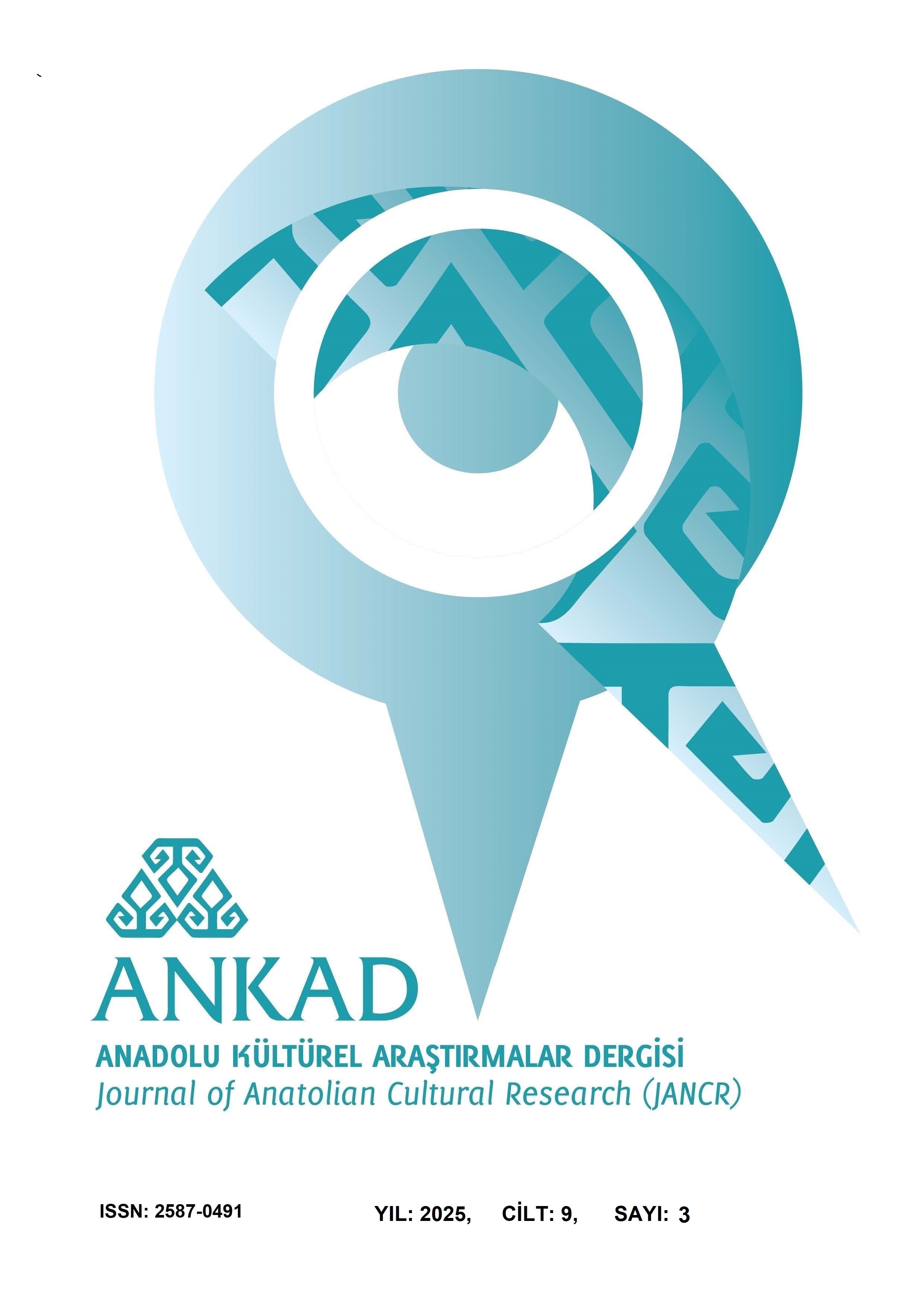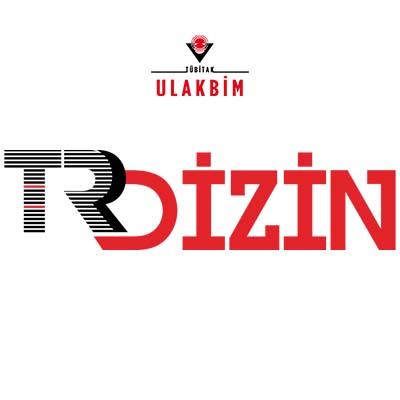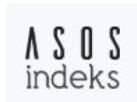Determining the Levels of Mental Resilience and Imagery in National Team Athletes with Hearing Impairments
DOI:
https://doi.org/10.63556/ankad.v9i3.291Keywords:
Imagery, Mental Resilience, Professional Athlete, Hearing ImpairedAbstract
National athletes with hearing impairments often face unique challenges that may impact their mental resilience and performance. Understanding the relationship between the levels of imagery and mental resilience in this population is critical for developing effective support strategies. The purpose of this study is to examine the relationship between the levels of imagery and mental resilience in national athletes with hearing impairments.
A total of 54 professional athletes participated voluntarily in the research. After identifying outlier data through Box plot analysis, data from 2 participants were excluded, resulting in a final sample of 52 participants. Sociodemographic information was collected using a personal information form developed by the researcher. Measurement tools included the “Sport Imagery Questionnaire” and the “Sport Mental Resilience Inventory.” Normality of the score distribution was confirmed through skewness and kurtosis analysis. Descriptive statistics (frequency and percentage) were employed in accordance with these findings. For data analysis, the “Independent Sample T-Test” was utilized for comparisons between two independent groups, while the “One-Way ANOVA” was used for comparisons involving more than two groups. The “Pearson Correlation Test” examined the relationship between two numerical variables. The study found that as the average scores from the mental resilience scale increased, levels of imagery in sports, scores from the sports imagery inventory, levels of motivational specific imagery, and levels of motivational general mastery alsA total of 54 professional athletes participated voluntarily in the research. After identifying outlier data through Box plot analysis, data from 2 participants were excluded, resulting in a final sample of 52 participants. Sociodemographic information was collected using a personal information form developed by the researcher. Measurement tools included the “Sport Imagery Questionnaire” and the “Sport Mental Resilience Inventory.” Normality of the score distribution was confirmed through skewness and kurtosis analysis. Descriptive statistics (frequency and percentage) were employed in accordance with these findings. For data analysis, the “Independent Sample T-Test” was utilized for comparisons between two independent groups, while the “One-Way ANOVA” was used for comparisons involving more than two groups. The “Pearson Correlation Test” examined the relationship between two numerical variables. The study found that as the average scores from the mental resilience scale increased, levels of imagery in sports, scores from the sports imagery inventory, levels of motivational specific imagery, and levels of motivational general mastery also increased. This suggests a positive interaction between studies on imagery and mental resilience.
Keywords: Imagery, Mental Resilience, Professional Athlete, Hearing Impaired
References
Akgül, A., Solmaz, S., Uzun, A., & Yarayan, Y. E. (2024). Mental toughness: The role of imagery and emotional intelligence. The Online Journal of Recreation and Sports, 13(3), 334-340.
Altıntas, A. (2015). The Role of Optimal Performance Emotional States, Motivation Levels, and Goal Orientation in Determining Athletes' Mental Resilience. Ankara: Doctoral Thesis, Ankara University, Institute of Health Sciences.
Clough, P. J., Earle, K., & Sewell, D. (2002). Mental toughness in sport: A review. Journal of Applied Sport Psychology, 14(3), 261-280.
Coulter, T. J., Mallett, C. J., & Gucciardi, D. F. (2020). The development and initial validation of the Mental Toughness Inventory. Psychology of Sport and Exercise, 51, 101743.
Cowden, R. G. (2018). The role of mental toughness in the coping skills of competitive athletes. Journal of Sports Science & Medicine, 17(3), 416-423.
Creswell, J. W., & Creswell, J. D. (2018). Research design: Qualitative, quantitative, and mixed methods approaches (5th ed.). Thousand Oaks, CA: Sage Publications.
Cumming, J., & Williams, S. (2012). Imagery and performance: A comprehensive review of the evidence. Sports Medicine, 42(9), 776-803.
Cumming, J., & Williams, S. E. (2021). Imagery and performance: A comprehensive review of the evidence. Sports Medicine, 51(1), 1-14.
DePauw, K. P., & Gavron, S. J. (2011). Advocacy and the role of education in sport for athletes with disabilities. Journal of Physical Education, Recreation & Dance, 82(5), 17-22.
Feltz, D. L., & Landers, D. M. (1983). The effects of mental practice on motor skill learning and performance: A meta-analysis. Journal of Sport Psychology, 5(1), 25-57.
Gucciardi, D. F., Hanton, S., & Mallett, C. J. (2015). Examining the structure of mental toughness in sport: A confirmatory factor analysis. Psychology of Sport and Exercise, 16(3), 204-217.
Gucciardi, D. F., Hanton, S., & Mallett, C. J. (2021). Mental toughness and positive mental health: A qualitative study. International Journal of Sports Science & Coaching, 16(1), 178-188.
Hall, C. R., Mack, D. E., Paivio, A., & Hausenblas, H. A. (1998). Imagery use by athletes: Development of the Sport Imagery Questionnaire. International Journal of Sport Psychology.
Hill, R., & Gritt, R. (2021). Deaf athletes in sport: Impacts and experiences. Journal of Sport Psychology in Action, 12(2), 105-119.
Hodge, S. R., & Smith, P. (2016). The experiences of athletes with disabilities: A qualitative study. Adapted Physical Activity Quarterly, 33(3), 263-279.
Kızıldağ, E., & Tiryaki, M. Ş. (2012). Adaptation of the Sport Imagery Questionnaire for Turkish athletes. Journal of Sports Sciences, 23(1), 13-23.
Köklü, N., Büyüköztürk, Ş., & Çokluk Bökeoğlu, Ö. (2006). Statistics for Social Sciences. Ankara: Pegem Publications.
Miller, J. C., & Wiese-Bjornstal, D. M. (2020). Psychological responses in athletes with disabilities. Sports Medicine, 50(1), 15-28.
Patton, M. Q. (2015). Qualitative research and evaluation methods: Integrating theory and practice (4th ed.). Thousand Oaks, CA: Sage Publications.
Schempp, P. G., Manz, D. P., & McCullick, B. A. (2014). Cognitive strategies in sport: Insights from practitioners. International Journal of Sports Science & Coaching, 9(2), 301-315.
Sheard, M., Golby, J., & Van Wersch, A. (2009). Progress Toward Construct Validation of the Sports Mental Toughness Questionnaire (SMTQ). European Journal of Psychological Assessment, 25(3), 186–193.
Solmaz, S., & Yarayan, Y. E. (2025). The moderating role of mindfulness in the relationship between threat appraisal and negative emotions in male elite footballers. Journal of Men's Health, 21(1), 28-38.
Sullivan, P., & Johnson, D. (2019). Mental endurance and athletic performance: Examining the psychological aspects. International Journal of Sports Psychology, 50(4), 453-468.
Tabachnick, B. G., & Fidell, L. S. (2013). Using Multivariate Statistics (6th ed.). Boston: Allyn & Bacon.
Tavakol, M., & Dennick, R. (2011). Making sense of Cronbach's alpha. International Journal of Medical Education, 2, 53.
Vealey, R. S. (1986). Conceptualization of sport confidence and competitive anxiety. In J. G. Jones & K. Hardy (Eds.), Stress and Performance in Sport (pp. 221-236). Wiley.
Weiss, M. R., & English, T. M. (2020). Psychological considerations for athletes with disabilities: A review. Adapted Physical Activity Quarterly, 37(1), 12-25.
Yarayan, Y. E., & Ayan, S. (2018). Examination of imagination format of athletes in different team sport. International Journal of International Social Research, 11, 60.
Yarayan, Y. E., Batrakoulis, A., Güngör, N. B., Kurtipek, S., Keskin, K., Çelik, O. B., ... & Alghannam, A. F. (2025). The role of athletic mental energy in the occurrence of flow state in male football (soccer) players. BMC Sports Science, Medicine and Rehabilitation, 17(1), 53.
Downloads
Published
How to Cite
Issue
Section
License
Copyright (c) 2025 Journal of Anatolian Cultural Research

This work is licensed under a Creative Commons Attribution-NonCommercial 4.0 International License.










